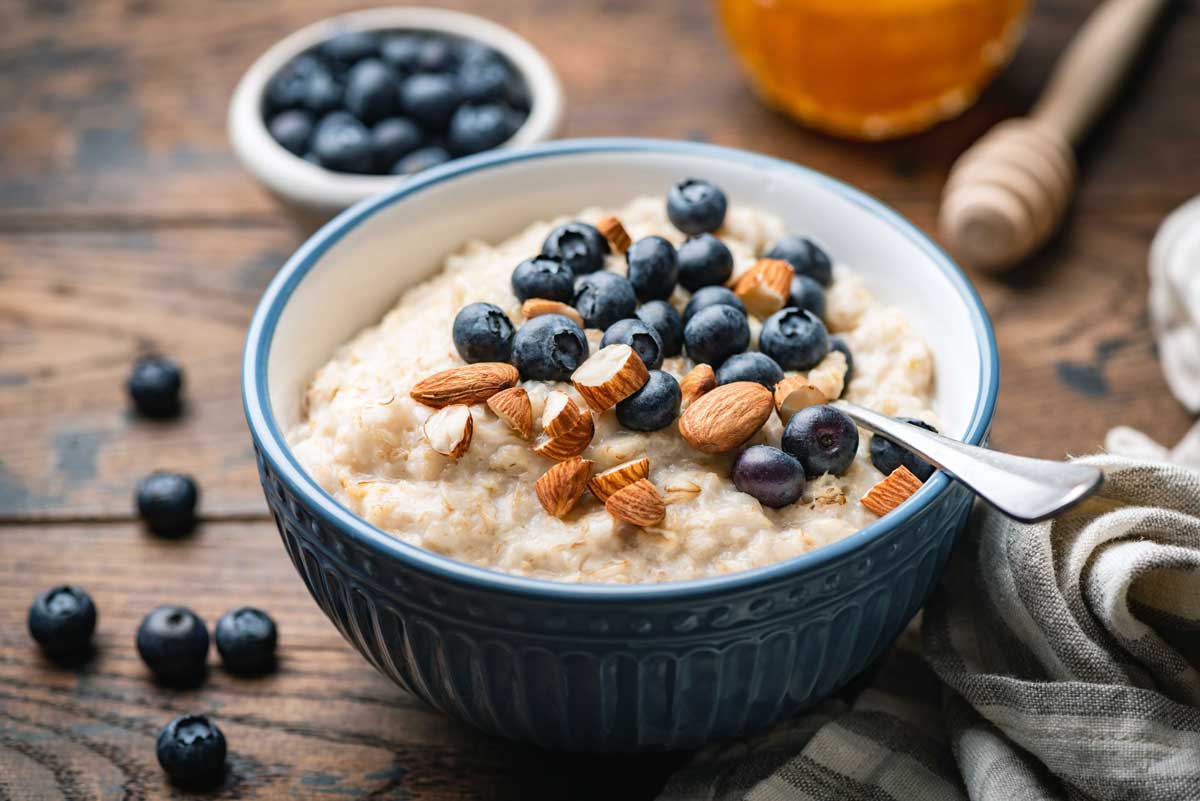
The search for capital is one of the most critical challenges facing a business owner. Whether you're fueling growth, managing seasonal cash flow, or purchasing vital equipment, the interest rate you secure on a business loan can be the difference between robust profit and crippling debt.
In 2025, borrowing costs are highly dynamic, influenced by everything from your personal credit score to the latest Federal Reserve decisions. Getting the best possible rate requires more than just filling out an application; it demands a strategic understanding of the lending landscape. This guide breaks down the current market rates, the factors that control them, and a roadmap to securing the best deal for your business.
The Current Landscape: What Rates Look Like in 2025
Business loan interest rates vary wildly based on the lender, the type of loan you choose, and your business's overall financial health. Generally, the more stringent the lender's requirements, the lower the interest rate they can offer.
I. Average Business Loan Rates by Lender Type
As of mid-2025, here's a general snapshot of the interest rate ranges you'll encounter in the U.S. market, keeping in mind that the Prime Rate is currently 7.25%:
- Traditional Bank Loans offer the lowest interest rates, typically ranging from 6.7% to 11.5% APR.
- SBA Loans (government-backed) have maximum fixed rates tied to the Prime Rate, ranging from 12.25% to 15.25%.
- SBA 504 Loans (for real estate/equipment) typically offer even lower fixed rates, around 5% to 7%.
- Online Term Loans provide faster access but come with a higher risk premium, ranging from 14% to 99% APR.
- A Business Line of Credit (revolving credit) can range widely, often between 10% to 99% APR.
- Equipment Financing is secured by the equipment itself, offering more moderate rates from 4% to 45% APR.
- Merchant Cash Advances (MCAs) are highly expensive, calculated with a "Factor Rate," and their equivalent APR can skyrocket from 40% to 350%.
Source Note: Bank rate data is often based on the Federal Reserve's most recent reporting, while online and alternative lending rates cover a broader, more volatile range.
II. Understanding SBA Loan Maximums
Loans guaranteed by the U.S. Small Business Administration (SBA) offer some of the most competitive rates, often because the government guarantees a portion of the loan, reducing the risk for the lending bank. SBA rates are tied to the Prime Rate plus a maximum allowable markup.
For the flagship SBA 7(a) loan, maximum variable rates currently range from 10.25% to 13.75%, depending on the loan amount. For example, larger loans (over $350,000) have a lower maximum variable rate (Prime + 3.0%), reflecting a slightly lower risk profile.
Ready to explore which SBA loans you qualify for? [Check Your SBA Eligibility Here]
Why Rates Fluctuate: Factors That Drive Your Cost of Capital
The interest rate a lender offers you is a direct calculation of their risk. Understanding these factors allows you to prepare your business and financial profile to command the lowest rate possible.
1. Your Creditworthiness: The Non-Negotiable Factor
Lenders will scrutinize both your personal and business credit scores. A strong credit score (typically above 685 to 750) demonstrates a history of responsible debt management, significantly lowering your perceived risk. Your business financials, including steady revenue, profitability, and positive cash flow, are also paramount. Lenders must be confident in your ability to repay.
2. The Type of Loan: Secured vs. Unsecured
This is one of the biggest rate differentiators.
- Secured Loans, such as equipment financing or commercial mortgages, require you to pledge collateral (an asset like real estate or equipment). Because the lender can seize the asset if you default, their risk is lower, resulting in lower interest rates.
- Unsecured Loans, such as a business line of credit or short-term loan, require no collateral. The higher risk to the lender translates directly to higher interest rates.
3. Loan Amount and Repayment Tenure
The size of the loan and the time you take to pay it back both affect the rate.
- Loan Amount: Sometimes, a larger loan amount can come with a slightly lower rate, as the transaction is more lucrative for the lender.
- Loan Tenure: Shorter repayment periods often have lower interest rates because the lender faces less long-term risk and market volatility. Conversely, longer-term loans often carry a higher overall interest rate to account for that increased risk exposure.
4. The Macroeconomic Environment
You can't control the economy, but it controls your rate. Lenders base their rates on economic benchmarks, primarily the Prime Rate, which tracks changes set by the Federal Reserve. When the Fed raises rates to combat inflation, the cost of borrowing goes up across the entire market. In 2025, continued monitoring of inflation and the job market keeps interest rates elevated compared to historical lows.
A Roadmap to the Lowest Business Loan Rate
Securing the most competitive rate isn't luck; it's strategy. By taking proactive steps, you can significantly reduce the overall cost of your borrowing.
Step 1: Maximize Your Credit Profile
Before applying, focus on improving your personal and business credit scores. Pay down existing debt, ensure all payments are made on time, and correct any errors on your credit reports. Aim for a personal credit score of 700 or higher to open the door to bank and SBA financing, which offer the best rates.
Step 2: Choose the Right Loan for the Job
Match the loan type to your need to avoid unnecessarily high costs.
- Need working capital? A Business Line of Credit is flexible, but scrutinize the Annual Percentage Rate (APR).
- Buying property or heavy machinery? A Secured Term Loan or SBA 504 Loan will offer a much lower rate, as the asset itself acts as collateral.
- Need fast, emergency funding? Online lenders offer speed, but be wary of their APRs, which can escalate quickly.
Compare rates and loan types from different lenders using a reliable comparison tool: [Start Comparing Business Loan Offers Today]
Step 3: Shop Around and Compare Offers
Never take the first offer. Due to varying risk models and internal policies, interest rates can differ significantly between banks, credit unions, and online platforms. Get written quotes from at least three different lenders, paying close attention to the Annual Percentage Rate (APR), which includes all fees, not just the base interest rate.
Pro-Tip on Fees: Be aware of non-interest costs like Origination Fees (upfront fees for processing the loan), Underwriting Fees, and Closing Costs. These can add several percentage points to the true cost of borrowing.
Step 4: Prepare a Robust Financial Package
Lenders are reassured by stability. Present a comprehensive and transparent application, including:
- Detailed business plan and growth projections.
- Up-to-date business financial statements (P&L, balance sheet, cash flow).
- Tax returns.
- A clear statement on how the loan proceeds will be used to generate revenue.
Demonstrating strong cash flow and a clear plan to repay the debt is the most powerful negotiation tool you have.



